glenn bradley
Member
- Messages
- 11,558
- Location
- SoCal
i think you have told me glenn but when you use the mortis pal you go with 3 passes to get to the final depth with a up cut spirl at 5/16's wide correct?
I do use an up-cut bit. The folks at Whiteside make some extra long up-cut spirals which used to be just for the Mortise Pal and ordered through RG Jig Co. It seems I see them as part of the usual catalog now. I use a couple methods and combine them for deeper mortises. These are 1-1/4" deep but, only 1/4" wide so, I do the first 1/2" or so by plunging at one end and moving across 2 or 3 times to get to 1/2". I do the rest by "drilling" side by side, overlapping holes using the plunge feature on the router. I then move from one side to the other to clean out the waste.
As with most power mortising operations the problem is spoil. I have a small vacuum hose hanging near the bench that works off of a foot pedal. I do a few passes and then move the router aside and hit the opening with the vac to clear the spoil. This gets repeated every so often as required.
For larger mortises I do it about the same as I would be using a 1/2" bit which can really hog out some material. For smaller mortises like face frames or picture frames, I drill the overlapping holes full depth and then make one pass to clean out.
Last edited:


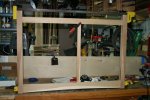
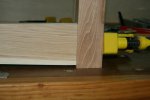
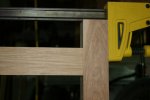
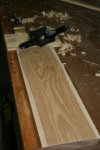
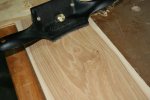
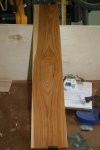

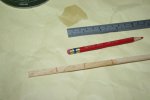
 . Laziness? I prefer to think or it as effective use of shop time
. Laziness? I prefer to think or it as effective use of shop time 